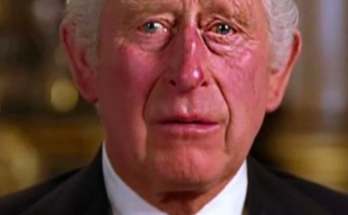The Incident: A Cautionary Tale
According to the report, a particular tattoo studio had been using an excessive amount of numbing cream, which is intended to alleviate pain during tattooing. While many tattoo lovers appreciate the relief it can provide, this misuse resulted in serious complications. Clients reportedly suffered from severe allergic reactions and respiratory distress, with some cases leading to hospitalizations and even fatalities.
Community Response
In light of these events, Donald Trump took to social media to share his thoughts. He expressed deep sorrow for the families affected and emphasized the importance of safety in all industries, including tattooing. “We must ensure that all professionals prioritize the health and safety of their clients,” he stated, calling for stricter regulations surrounding the use of numbing agents in tattoo studios.
The tattoo community has responded with a mix of grief and anger, calling for more comprehensive training for artists regarding the safe use of numbing creams. Many tattoo lovers emphasize that while pain management is crucial, it should never come at the cost of safety.
Understanding Numbing Creams
Numbing creams, primarily containing lidocaine, can be effective when used correctly. They help clients manage pain, making the tattooing experience more comfortable. However, improper application or overuse can lead to dangerous side effects. Tattoo artists must be adequately trained to understand the risks and adhere to recommended guidelines.
The Path Forward
As the community grapples with the fallout from this incident, discussions are underway about establishing clearer guidelines and regulations for tattoo artists. Industry leaders advocate for mandatory training sessions that cover not only the artistic aspects of tattooing but also the medical knowledge required to use numbing creams safely.
Additionally, many are calling for increased transparency in tattoo studios, encouraging clients to ask questions about safety protocols and the products being used during their procedures.
Conclusion
This incident serves as a stark reminder of the importance of safety in the tattoo industry. As tattoo lovers and artists come together to mourn the lives lost and support those injured, it is vital that we advocate for better practices and education. Donald Trump’s public acknowledgment of this issue adds a layer of urgency to the conversation, reminding us all that the joy of tattoo art should never overshadow the responsibility of keeping clients safe.
As the tattoo community moves forward, let this tragedy inspire a commitment to safety, training, and respect for the artistry that brings people so much joy. For tattoo lovers everywhere, this incident is a clarion call to prioritize health without compromising the beauty of self-expression



